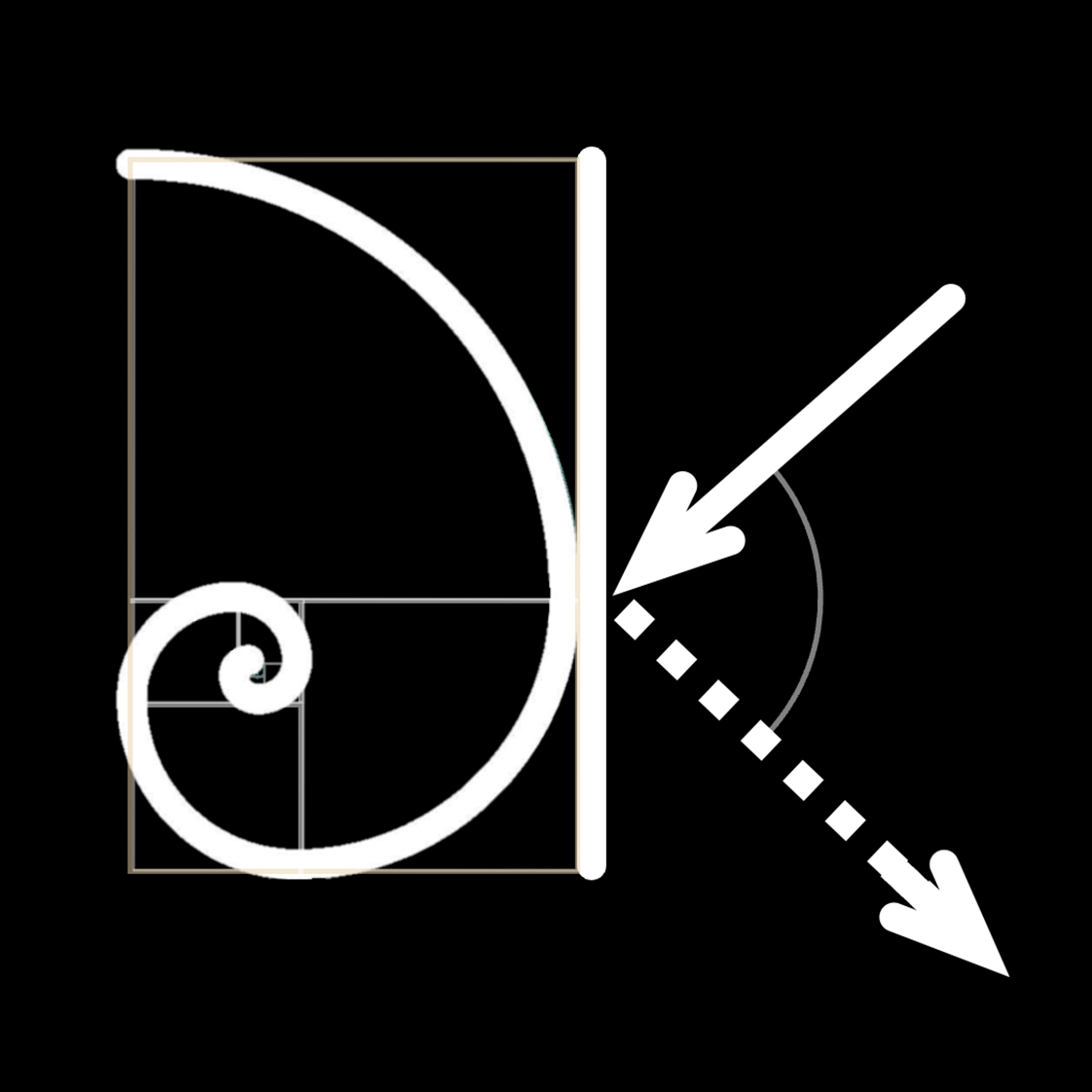Three Little Pieces
Complete Work Title:
Performance Medium:
Duration:
Date Composed:
Dedication:
Movements:
- Barcarolle
- Nightmusic
- Waltz
Program Note:
Composed in April of 2000, Three Little Pieces was commissioned by Doug Golden for his daughter Chloe’s ninth birthday. Doug, an amateur bassoonist, was interested in a set of pieces he could play with Chloe, who recently began studying piano; while the resulting pieces are intended to be played for diversion, they also serve as exercises in basic piano skills and studies in various compositional techniques.
The theme of Barcarolle is based on the name of my son, Gabe, who also recently began studying the piano. The G-A-Bb-E motive is treated as the germinal cell, and is continuously varied throughout the movement. The term “barcarolle” was originally used to describe a Venetian boating song, though the term has since been applied to a number of instrumental and vocal compositions of similar character. The melodic and harmonic motives in Nightmusic are derived from the names of the five members of the Golden family: the left hand of the piano plays an ostinato on “Douglas” (D-G-A-Eb), while the bassoon plays motives based on “Chloe” (C-B-E) and “Golden” (G-D-E); the right hand of the piano interjects the names “Lisa” (Eb-A), “Nathan” (A-B-A), and “Sophia” (Eb-B-A). (The German spellings for ‘Eb’ and ‘B’ — ‘S’ and ‘H’, respectively — are applied here.) The final chord includes all of the pitches used in this movement. The Waltz is a study in mixed scale patterns: the bassoon plays a single octatonic collection throughout, while the piano begins with a G major pentachord in the right hand and a pentatonic scale in the left; in the second half of the piece, the right hand plays a pentatonic scale while the left hand plays a D minor pentachord. In the closing figure, the piano plays two different whole-tone scales in contrary motion. (Incidentally, while eleven pitches of the chromatic scale are heard throughout the movement, the pitch ‘F’ occurs only once — in the final chord.)

